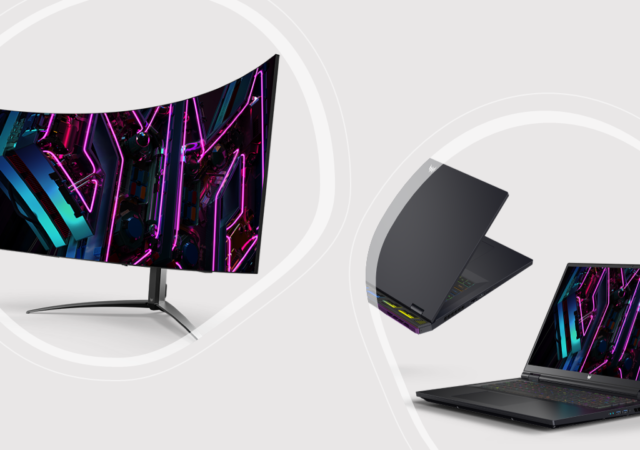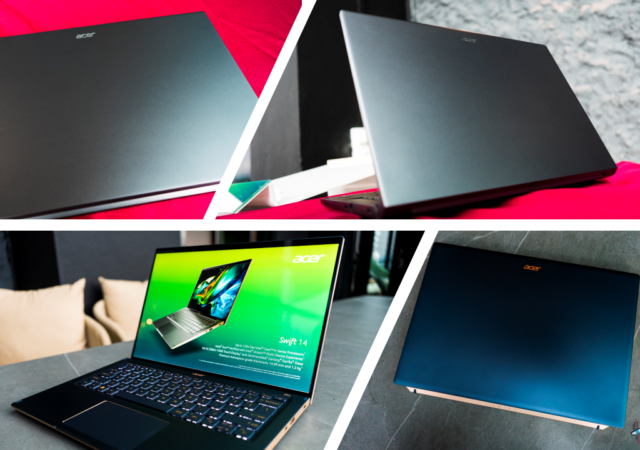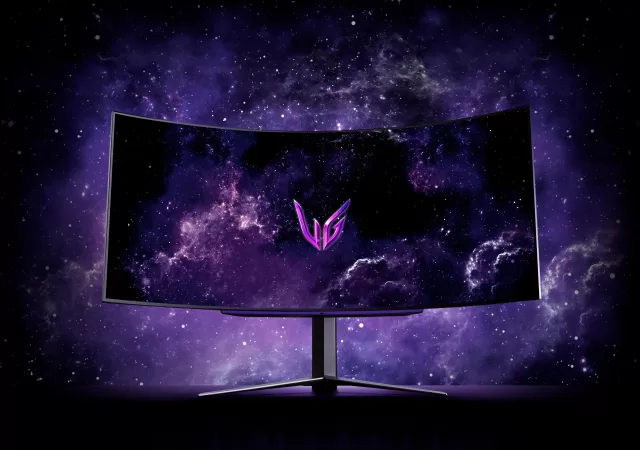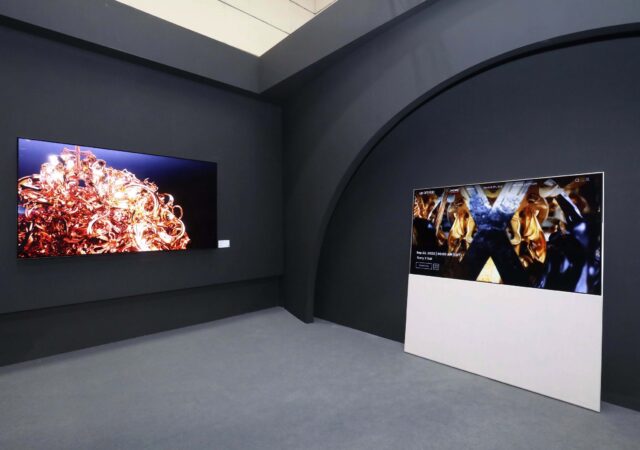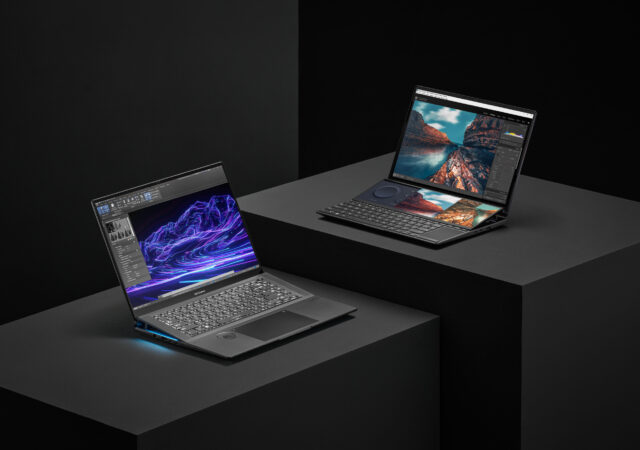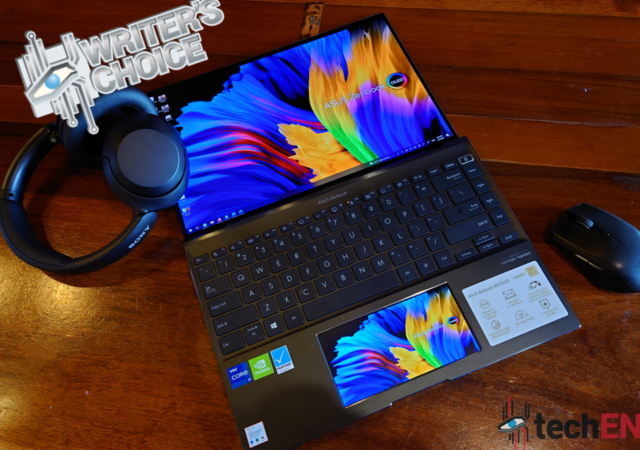We get our hands on the OLED update of the Acer Swift 3. Is the MYR 5,399 laptop worth its asking price? Or should you look elsewhere?
[Next@Acer] New Predator Gaming Laptops & Monitors Bring Even More Immersive Experiences
Acer updates their Predator Gaming line up with a new, streamlined Helios series and two OLED gaming monitors.
[Next@Acer] Acer Marries Premium Build and Performance in their New Swift Lineup
Acer introduces a new Swift line up with the Acer Swift X 14 and Swift 14 laptops which bring premium design and performance in one lightweight package.
[CES 2023] LG Launches New OLED TVs, Including the G3 and C3
LG announces brand-new line-up of Z3. G3, and C3 OLED evo TVs with their brand new Alpha processor packed with more powerful AI engine.
[CES 2023] LG UltraGear Goes Fastest in the World with 240Hz OLED Gaming Monitor
LG unveils their latest CES 2023 showcase gear, the UltraGear 27-inch and 45-inch gaming monitors equipped with 240Hz OLED panels.
Samsung OLED TVs launched in Malaysia, pre-orders available
Samsung has announced the launch of Samsung OLED, it’s first entry into the world of OLED TV’s now available in Malaysia. Better contrast, upscaling and 120Hz refresh rates with Samsung OLED Samsung’s new line of OLED TVs promises to bring…
NFTs Are Coming to Your LG TVs Soon!
LG is going to be pushing NFT on something they call the LG Art Lab. The NFT artwork you buy can be displayed on your LG TV.
ASUS New Out of this World Zenbook Lineup in Malaysia
ASUS brings an out of this world line up in their new Zenbook series which makes its Malaysian debut in a roadshow in Midvalley Megamall.
[next@acer] Acer Introduces Swift 3 OLED
Acer brings a beautiful OLED display to the Swift line up with the new Swift 3 OLED. it comes with a 14-inch, 2.8K display.
ASUS Zenbook 14X OLED (UX5400E) In-Depth Review – Eye Candy and Productivity with a Steep Learning Curve
Get a break down of the experiences, hardware and features of one of ASUS’s most powerful productivity machines – the ASUS Zenbook 14X OLED (UX5400E).




